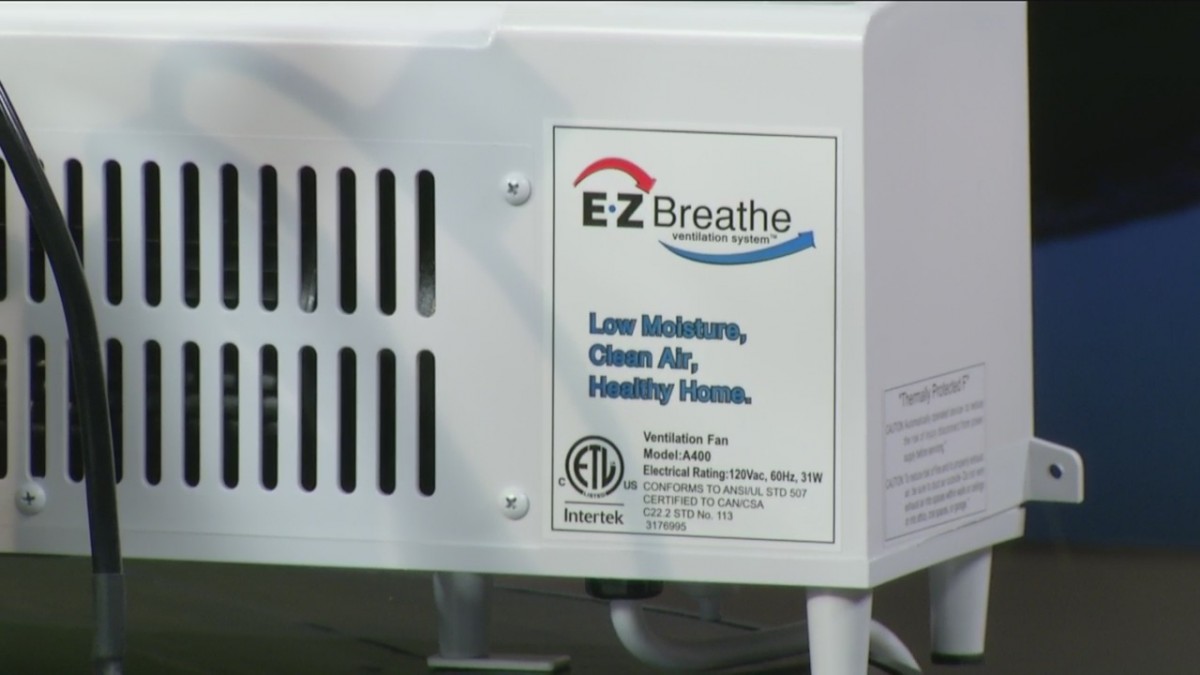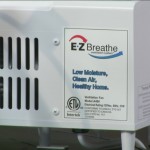Indoor Air Quality Can Impact Your Health Nashville, TN
What is indoor air quality (IAQ)?
Indoor air quality describes how the air inside a building or facility affects a person’s health, comfort, and ability to work. It’s a major concern to businesses, employees, and rental managers because indoor air can have a huge impact on the well-being and productivity of employees. Several studies by the U.S. Environmental Protection Agency (EPA) regarded indoor air pollution as a major problem. While most commercial buildings don’t have severe issues, even the most well-maintained buildings can have episodes of poor indoor air. 
According to the EPA, poor indoor air quality can lead to productivity problems and increased absences among employees. It is estimated that all these health consequences cost the government billions of dollars each year due to medical care and productivity loss.
What causes poor indoor air quality?
Indoor air pollution is perhaps one of the most underrated health concerns in commercial and residential buildings. And it isn’t hard to see why. Outdoor air, when heavily polluted, can be easily noticed (dark smoke, toxic smell, and bitter taste). But indoor air is different. It hides behind the cool and comforting air blown by the AC and the calming smell of air fresheners. And because people don’t see it, it’s easy to dismiss the fact that it exists.
So what makes indoor air polluted?
There are hundreds of air pollutants commonly found in homes and commercial facilities. Among the most common (and harmful) are tobacco smoke, dust, mold and mildew, chemical pollutants, and VOCs.
Cigarette smoke
Even if you or your employees do not smoke inside the building, cigarette smoke can linger on the smoker’s skin and clothes. That’s why when a smoker enters the office, you could smell it right away. Cigarette smoke contains more than 4000 chemical compounds, most of which are highly toxic and detrimental to the respiratory system.
Dust
Dust and other environmental pollutants such as mites contribute to indoor air pollution. Without sufficient ventilation, these tiny pollutants can easily circulate around your office, triggering allergy symptoms in some people.
Mold and mildew
When the temperature outside drops and the indoor air is heated, condensation can form around windows, causing moisture. High moisture content in indoor air provides the perfect environment for mold and mildew to thrive. Furthermore, if you have water damage issues in the office, there’s a very high chance that mold and mildew are present too. 
Chemical pollutants
Building materials, office equipment; furniture, wall and floor coverings, upholstery, and virtually every commercially manufactured item in your workplace emit chemical pollutants. They include polybrominated biphenyl (PBB), polychlorinated biphenyl (PCB), polyurethane, formaldehyde, and VOCs.
Learn more about how to improve the quality of your indoor air! Contact the professionals at EZ-Breathe! 866-822-7328

























